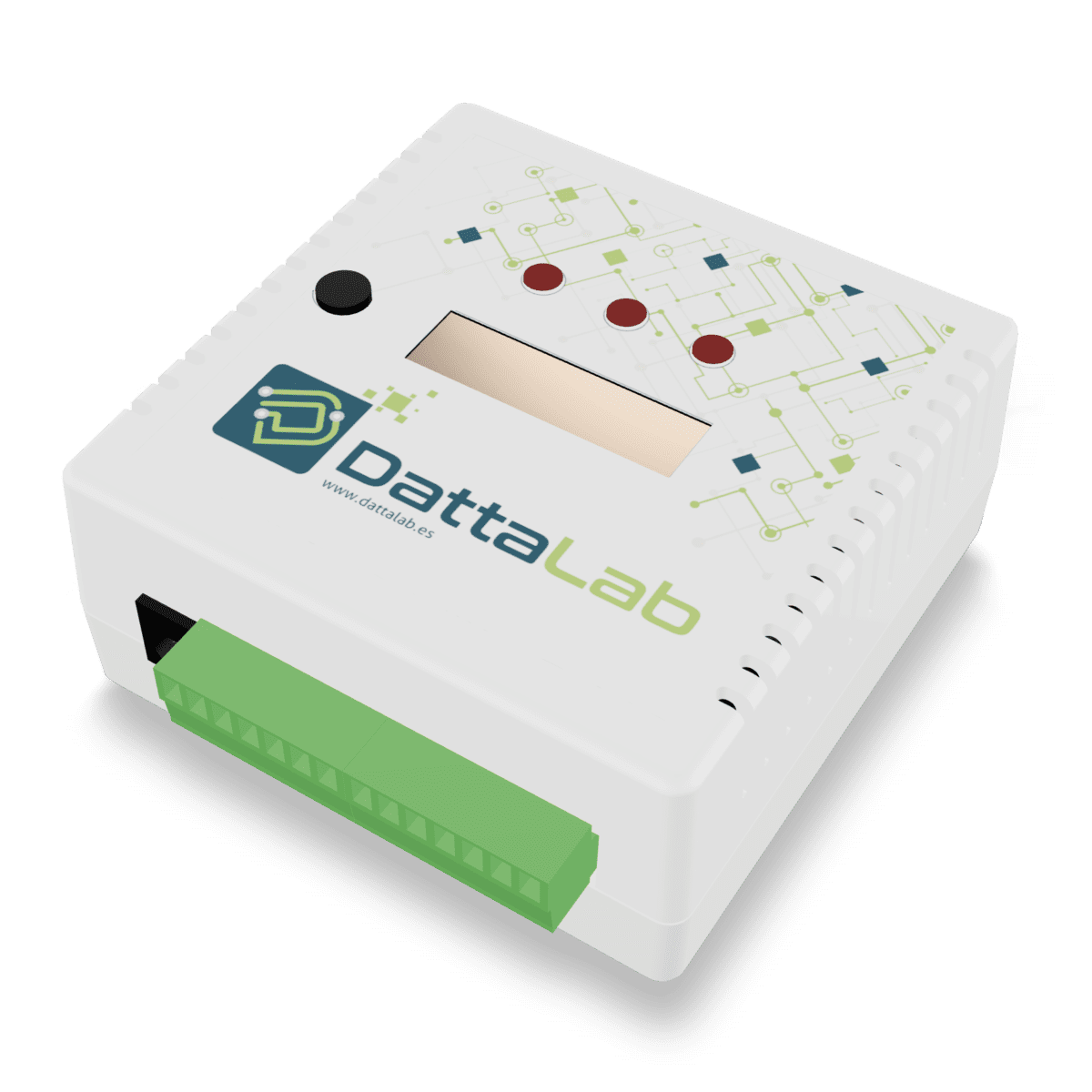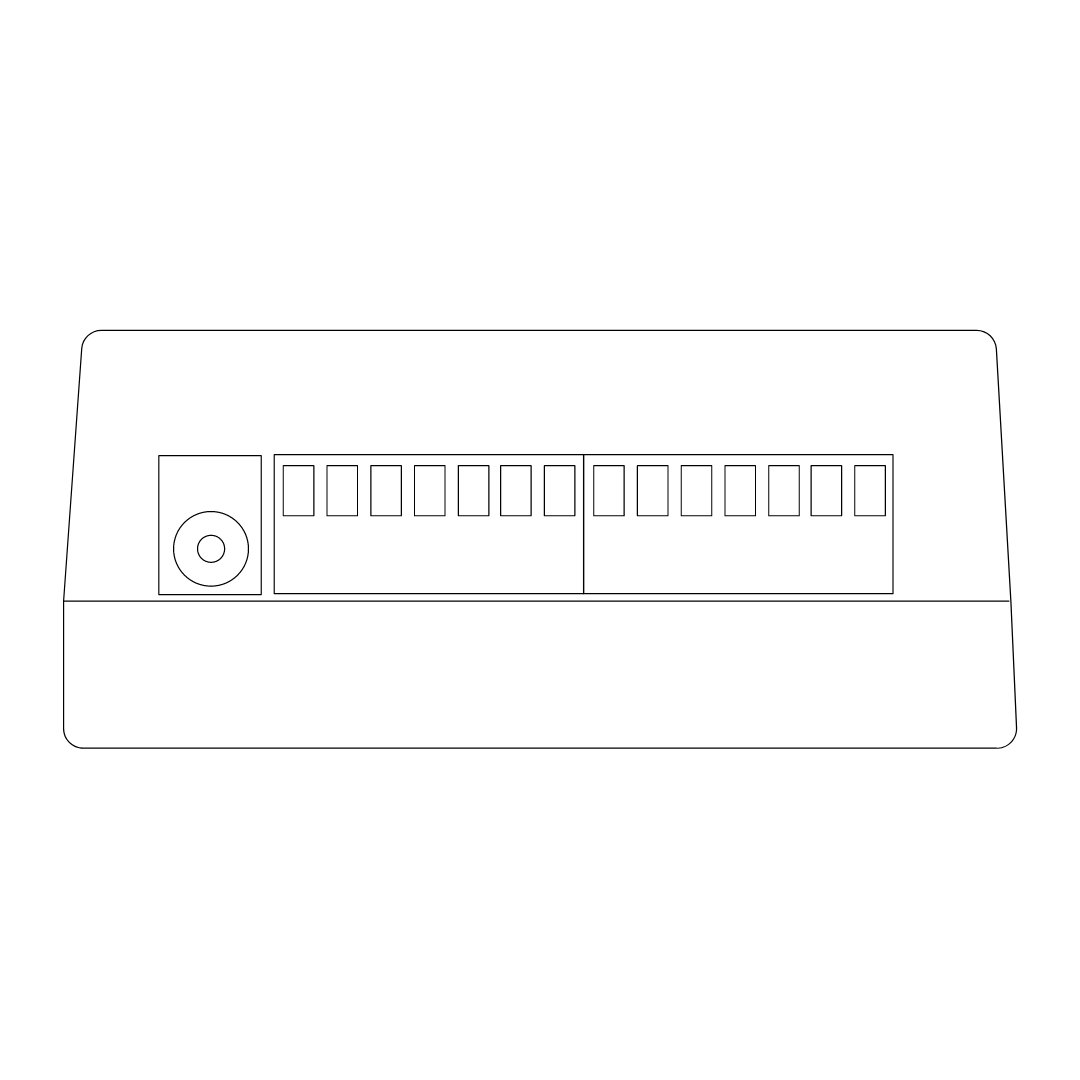Warning: Invalid argument supplied for foreach() in /var/www/html/wp-content/plugins/jet-menu/includes/render/manager.php on line 75

There are a wide variety of sensors with analog outputs on the market, but the most common outputs are 0-10V and 4-20mA, which are supported by all our devices. Some of them are capable of measuring other less standard values. To find out more, consult the specific manual for that device.
Not directly, the digital inputs of the devices are of potential-free type or NPN type. Therefore, if we want to connect a sensor with PNP output, we must use an intermediate element such as a relay to convert to NPN.
Devices that have digital outputs are of the open collector type, therefore they do not provide voltage to their output, but rather close to GND, therefore they are of the NPN type.
The SDI-12 standard can manage dozens of addresses on a single bus, but each device is limited by the available memory, CPU and power resources. For this reason, 2 probes can be connected to Mex03, 8 probes to Mex06 and 16 probes to IPex12.
The standard indicates up to 60 meters, although this will always depend on the installation location and the cable used.
It depends on the section of the cable used, but if the output is by voltage, an adequate section must be guaranteed to avoid a significant drop in the cable that affects the reading. If a large distance needs to be covered (tens of meters), it is better to use a sensor with a 4-20mA output, since it avoids the problem of voltage drops in the cable and is also more immune to external interference.
Normally, and especially with wireless communication systems, there are connection drops due to the network, temporary loss of coverage, weather conditions, etc. This can cause the device to stop communicating with the platform for a few hours, but the device continues to function and record data, so as soon as it regains connection it will send all the stored information.
Do you need help?
Fill out the form and we will
we will be able to contact you.
Our customer service hours are Monday to Thursday from 08:00 to 17:00, Friday from 08:00 to 15:00. We will try to respond to you as soon as possible.

Suscríbete a nuestra newsletter
© Odin Solutions S.L. | Calle Palma de Mallorca 2 30009 Murcia (España) | +34 868 123 395
Odin Solutions Sede Logística | Calle Jazmines, 4, 30009 Murcia (España) | +34 868 123 395
© OdinS Colombia S.A.S. | Calle 2 sur #1-17 a 23, Oficina Edificio Sauces, Sopó, Cundinamarca, Colombia | +57 322 4513228


MADRID,
May 12-14

MALAGA,
7-9 MAY

ALMERIA,
May 21-23

BARCELONA,
May 13-15

GUATEMALA,
May 15

COLOMBIA,
May 29-30